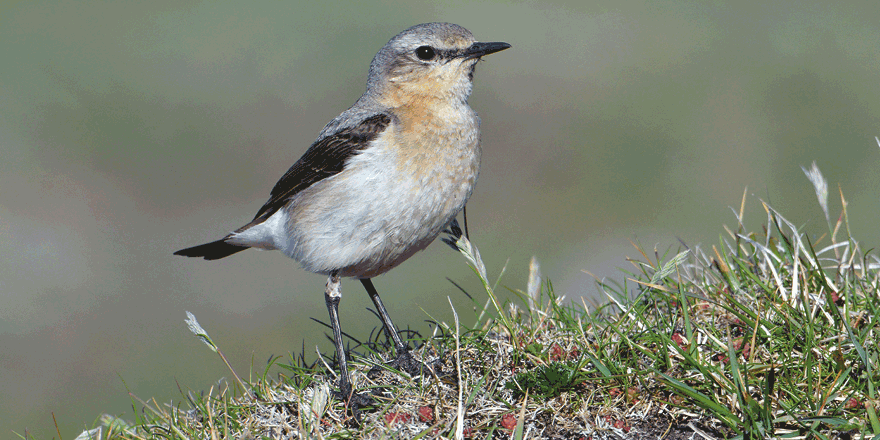
New book: New Survey of Clare Island, vol. 9: Birds
13 August 2020Here's something that might cause a flap: records of birds from Clare Island since 1909 published in a new book to celebrate Heritage Week.
Clare Island became separated from Ireland about 8,000 years ago by rising sea levels brought about by the melting of the massive ice sheets that formed during the last Ice Age. Although this dramatic event separated the landmass that is now Clare Island from what is now Ireland, this separation would have had a minimal impact on the birds that made the island their home.
In volume 9 of New Survey of Clare Island, coming out on 17 August, the editor Tom Kelly traces the story of these birds.
The Lapland bunting and the snow bunting probably arrived first, followed by more sedentary species including the rock ptarmigan and gyr falcon as well as many wildfowl and wading bird species. In the three millennia that followed the formation of Clare Island, mature woodland developed allowing a woodland bird community to develop. Neolithic man arrived about 4,000yBP (years Before Present). Over the succeeding 3,500 years or so, the woodland element was gradually removed and about 400 years ago the modern agricultural landscape was established. The woodland bird community on Clare Island has become mostly extinct probably because its habitat gradually disappeared over the millennia, In addition, the famines of the early to mid-nineteenth century had an impact on the ecology of the inhabited offshore islands. The abandonment of land as a result of famine, and the peoples who occupied that land, is well known to cause the departure of synanthropic bird species.
Nevertheless, agricultural activity and the expansion of grasslands created opportunities for seed-eating species and ground nesting forms such as the skylark and meadow pipit and migrants such as the northern wheatear and corncrake, and the extraction of peat created opportunities for wetland species. Well-known species such as the house sparrow, European robin, song thrush and perhaps the barn swallow have colonised the island.
New Survey of Clare Island, Volume 9: Birds documents the current status of the bird community on Clare Island that was first surveyed between 1909 and 1911, and seeks to answer the question: what has changed over the past 110 years or so? One of the most dramatic changes has been the arrival on Clare Island of the formidable and spectacular seabird the Great Skua—or Bonxie—which now breeds further south in Ireland than it does in Great Britain. This unexpected change—a species moving south rather than vice versa—at a time of global warming remains to be explained.
This and other changes are fully documented in the latest volume of the New Survey, which presents up to date research on Clare Island’s avifauna, including the seabirds, land birds and waterbirds. The volume features an illustrated systematic list comprised of records of bird sightings that stretch from 1887 to 2018, and provides a review of the bird species known to have bred on 29 Irish offshore islands as well as an investigation of the curious absence of the rook—one of the most numerous and widespread bird species in Ireland—from any of Ireland’s offshore islands.
This multi-authored volume, edited by Thomas C. Kelly, is an invaluable source for the future monitoring of birds on Clare Island and beyond. You can purchase your copy here.



